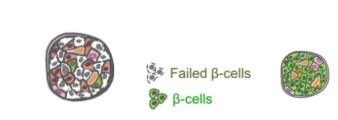
Wen-Chin Yang
Research Fellow
(02) 2787-2076
wcyang@gate.sinica.edu.tw
A629, Agricultural Technology Building
- Adjunct professor in TIGP programs (National Chung-Hsin Univeristy, National Taiwan University, National Taiwan Normal University, National Yang Ming Chiao Tung University, National Taiwan Ocean University, National Defense Medical Center, National Cheng Kung University, China Medical University, Thunghai Univeristy, etc.
- 2019- CEO of Herbal Medicine Division
- 2017-2019 Vice Director
- 2017- Research Fellow
- 2011-2012 Visiting Scholay,Mont Sinai Medical Center, USA
- 2008-2017 Associate Research Fellow,Academia Sinica
- 2001-2008 Assistant resaerch Fellow,Academia Sinica
- 2001 Postdoc, Umass medical School
- 1998 Ph.D Université de la Méditerranée, France

